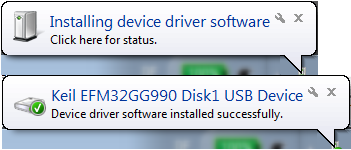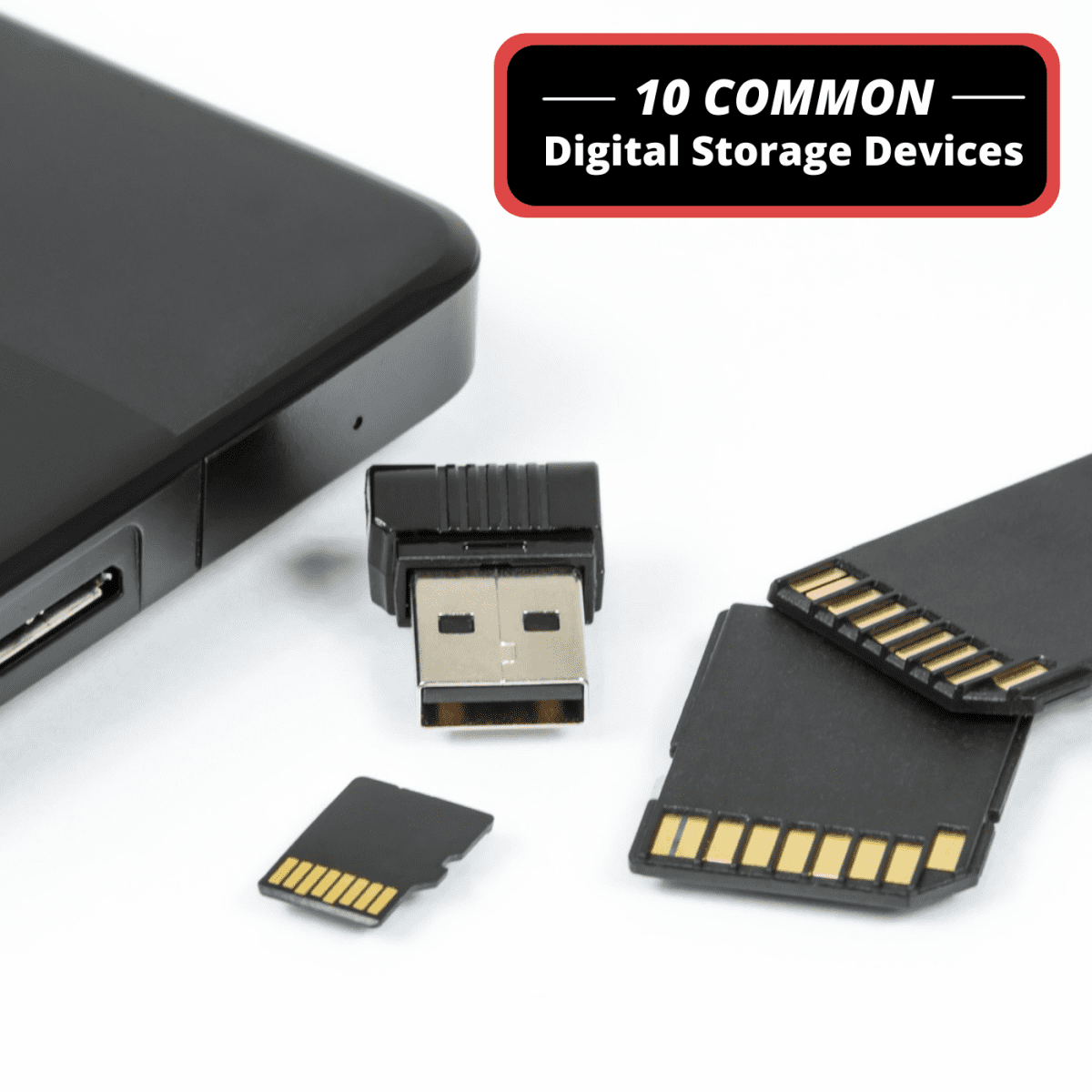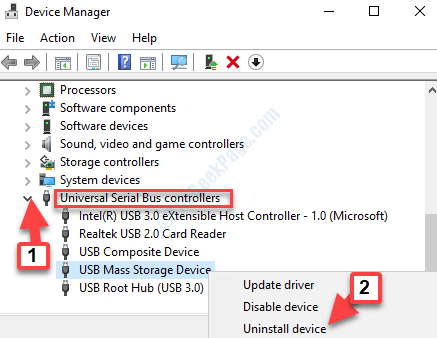

- #Create a mass storage device driver how to#
- #Create a mass storage device driver install#
- #Create a mass storage device driver windows#
Instructions for this can be found on the page If you wish to work on the backing file on your target platform, you can mount the file as a loopback device first. Tips and Tricks Mounting Backing File as Loopback Device
#Create a mass storage device driver install#
On the target, install the g_file_storage driver module with the following command: modprobe g_mass_storage file= Mounting on the HostĬonnect the cable between the host and target:īash# modprobe g_mass_storage file=/mnt/mtd6/backing_file Or, if you wish to create your own, see the website for detailed instructions. The USB mass storage device class (also known as USB MSC or UMS) is a set of computing communications protocols, specifically a USB Device Class, defined by the USB Implementers Forum that makes a USB device accessible to a host computing device and enables file transfers between the host and the USB device. You can use the pre-made backing file here: It can reside anywhere in your filesystem. The backing file is a file in your filesystem that is formatted to look like a block device.

Create a Backing File - This is a file or device where the data is stored.Kernel built with the following options:.IMPORTANT: You should NEVER write to the backing store from the target while the board is attached to the host. This backup file can even be mounted as a loopback device on the target to allow reading/writing by both the host and target. The jffs2 image can be mounted on the target machine, and then the backing file can be used by the file storage driver as the backing store. The solution is to create a VFAT partitioned backing file on a jffs2 image. Since the USB Mass Storage driver treats the device as a SCSI disk, it loses all MTD properties and JFFS2 cannot be mounted.
#Create a mass storage device driver windows#
Keep the following key points in mind when formatting a USB device: Do not use the rmformat-F except on a USB diskette. Windows manages these devices with the USB mass storage driver (usbstor.sys) and the native storage class driver (disk.sys), as depicted in the following diagram: For a more complete description of the device stack that Windows creates for a memory card that connects to the USB bus, see Device Object Example for a USB Mass Storage Device. All other USB mass storage devices just need a PCFS or UFS file system before they can be used. A USB diskette must be formatted before you can add a file system to it.
#Create a mass storage device driver how to#
JFFS2 is also insufficient because it can only be mounted from an MTD device. How to Create a File System on a USB Mass Storage Device. If a bad block falls on the partition, then it will cause data errors. You cannot format NAND flash with a vfat filesystem since it is not wear-leveling and is not aware of bad blocks. Using NAND flash to store the data for the file storage driver can be problematic.

This file resides in your filesystem like any other file. The g_mass_storage driver can use a properly formatted file as a storage device. The backing file is a regular file that has been formatted to appear like a block device. It allows you to choose either a block device (such as a hard drive, MTD partition, or flash card) or a backing file to act as the backing storage for this device. The g_mass_storage driver allows a target device (such as the at91sam9260-ek board) to appear as a USB Mass Storage device to a host system.


 0 kommentar(er)
0 kommentar(er)
